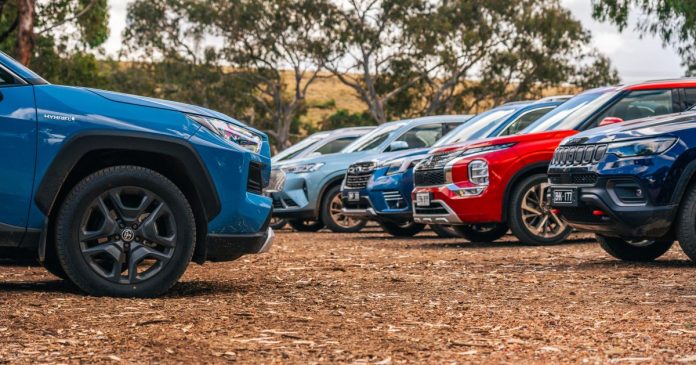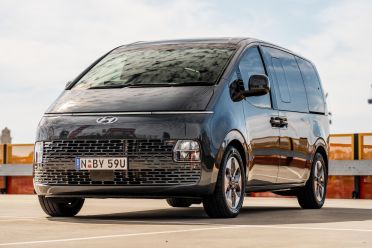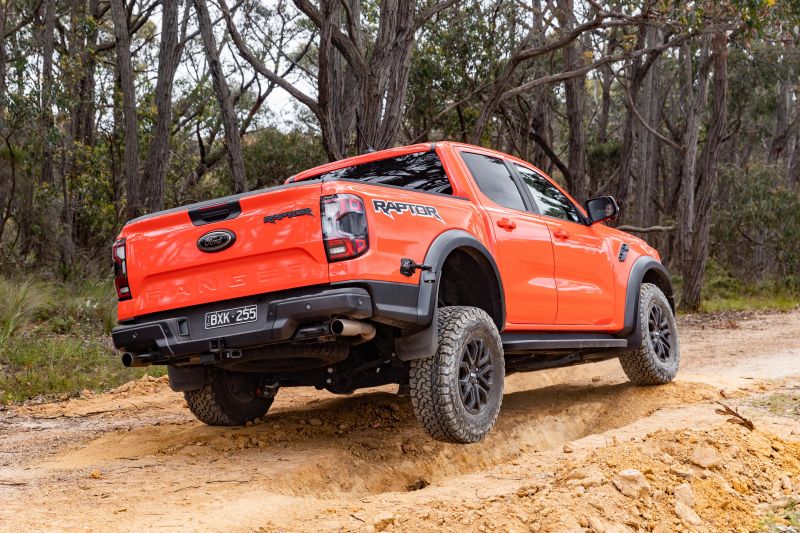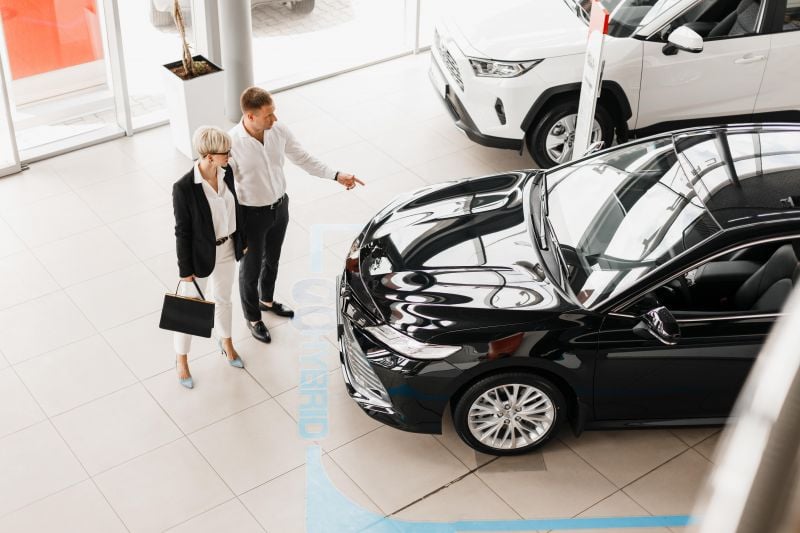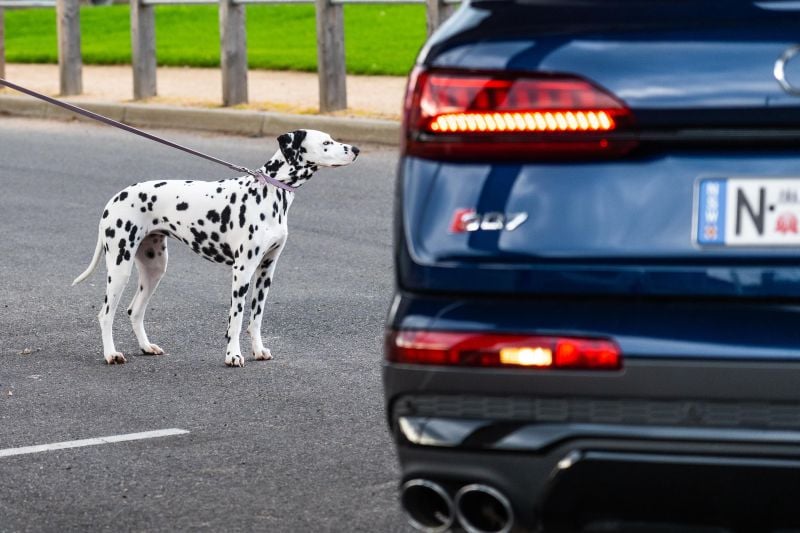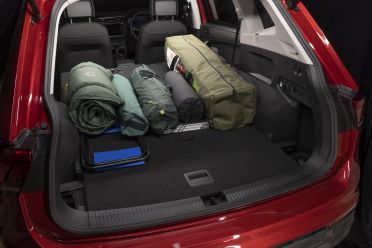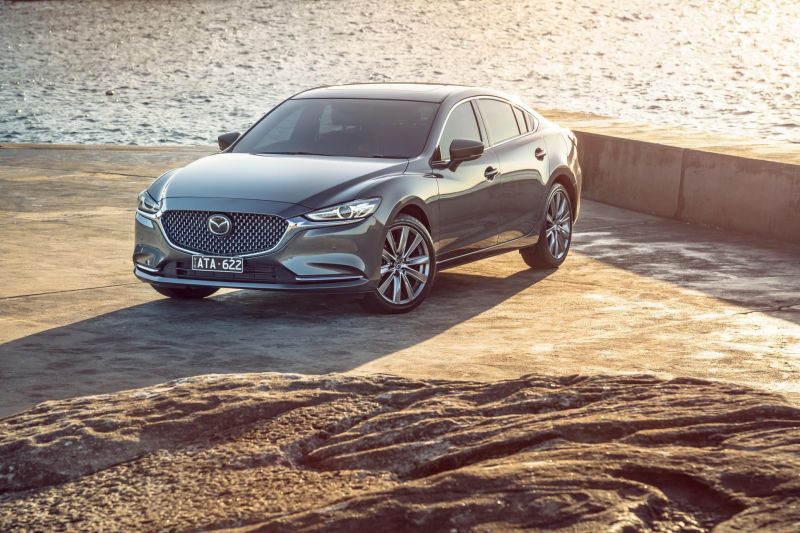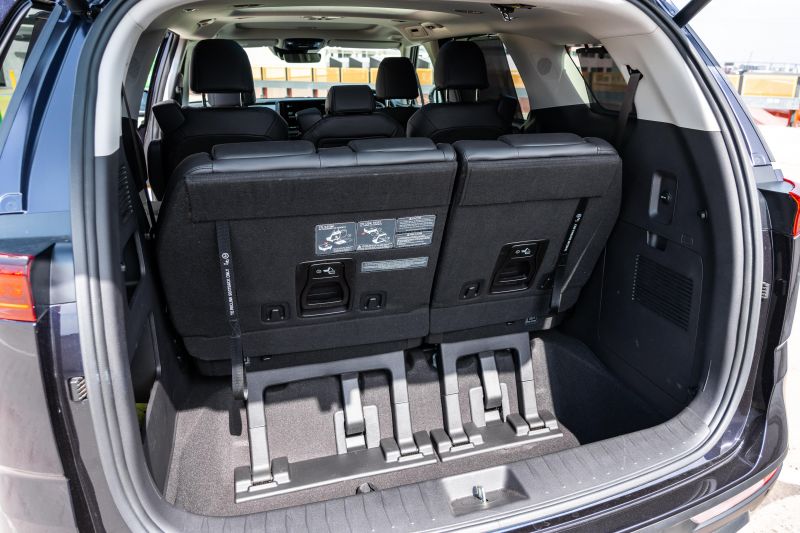A tiny Fiat 500 can be the perfect family car.
It works well if you’re a young single in the city, or perhaps a lively retiree with a fur baby. A Hyundai Staria van will also do the job if your family looks like the cast of the Brady Bunch.
And there are countless choices between the extremes of family motoring.
In the past it was so much easier to pick a family car: just choose between a Ford or a Holden, or perhaps a Valiant as a left-field move.
Those sixties and seventies cars were big and basic and they ticked most of the boxes for most Australian families.
But times have changed and so have cars and car choices.
Set the objective
The first step on the road to family motoring is establishing the size and shape of your family.
Do you just need space for one person, two for most of the time, three for weekends, or six for a big adventure?
There was a time when DINKS – double income, no kids – dominated the world of mid-sized family motoring, but those days have gone as families have changed and morphed, and are now looking for new things in their cars.
On the people front, there can also be added extras – friends joining the party and pets who like to travel – to blend into the mix.
Once you have the numbers, the tasks are next. How the car is used, and how often, are just the start.
Many family cars have to do day-to-day commuter stuff, and the school run, before working on weekend getaways. It can be a complicated mix.
But car companies have catered to the changes, which is why there are so many SUVs of all styles and sizes – as well as work-and-play pick-ups – dominating Australian roads.
Subaru made its name with family wagons that also had the ability to go exploring on weekends with their all-wheel drive system and now the Ford Ranger Raptor is a dream machine for people who want to go playing away from the bitumen without compromising Monday-to-Friday family life.
Will your family car spend most of its life in the city, in the suburbs, shuttling kids, or – as often happens now – doing the heavy lifting on weekends?
Does it also need to tow, or carry tools, or provide support for someone with special needs?
So it’s vital to list the people, and their individual requirements, at the very start.
Answering the questions
What do you want and what do you need?
Think carefully and, once again, compile a list as you make a picture of your perfect family car.
No one wants to end up with the ‘Franken-car’ designed by Homer Simpson in one episode of The Simpsons.
Thankfully, car companies do a huge amount of research on their new models to pre-answer the questions of buyers – and often satisfy needs they didn’t know they had in the first place.
Some have even created an ‘avatar’ to answer the family-car questions. Nissan did it during development of the original Murano SUV in the USA and Aston Martin created a virtual owner called ‘Charlotte’ when it was working on its first SUV, the DBX.
-
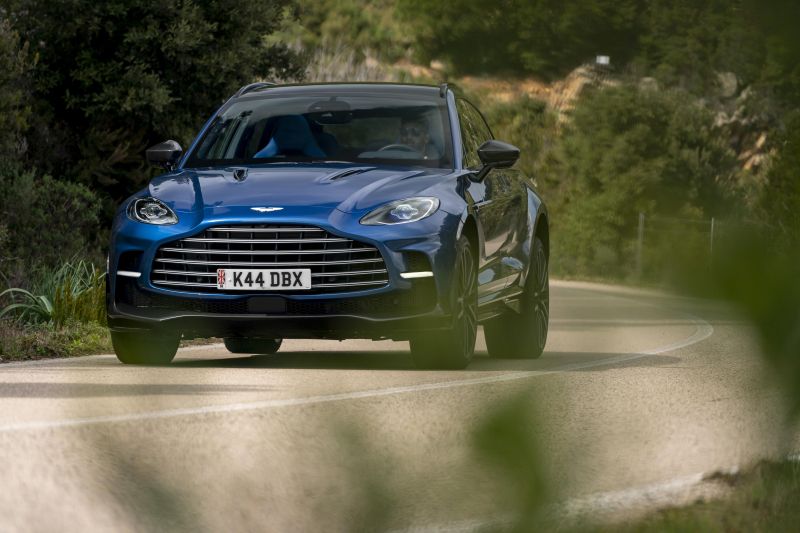
The DBX was designed with a made-up consumer called Charlotte in mind
Every time they had to make a decision, the engineers and product planners would ask what the avatar would want or need.
So, how many cupholders would ‘Charlotte’ want and how many people would travel in the back of the Murano on a ‘blended family’ weekend?
Anyone can do the same to answer questions and set priorities, from the height of the driver’s seat to access to third-row SUV seats.
The most-obvious questions are the number of seats and the price, but it’s just as important to get into detail about the size of the boot, the type of fuel, safety equipment and technology, and even the size of your parking space.
Avoid the temptation to over-equip or over-spend, because family cars are more like personal taxis than a Sunday-morning fun runner.
Find the size
Once you know the size of the tribe and the basic needs you can focus on the size of the prize.
So consider the number of people in the family, the size and shape of those people, and the size of the cabin. Dogs too, perhaps …
All the outside stuff can wait, even the lovely oversized alloy wheels and low-profile tyres, as you focus on the space.
When it comes to children, plan ahead. If you have one, consider if you’ll be having two or three in the future as it makes a huge difference to family motoring.
If you have toddlers, think ahead to when they will be young teens. Children never get smaller and youngsters now are much bigger than their grandparents.
Cars have also grown, so ensure you know what you’re chasing.
-
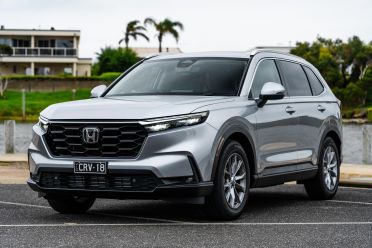
The bigger-than-ever Honda CR-V -
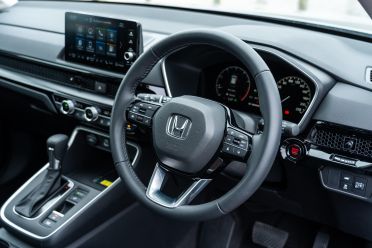
-
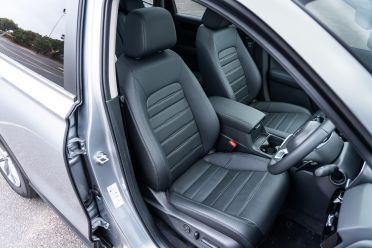
-
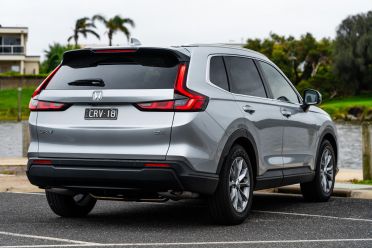
The compact Honda CR-V has now become mid-sized, and the Toyota Corolla Cross is now the same size as the early RAV4, as people have demanded more from their family cars. So you could even downsize from what you target and get the same result – or better.
A family car is likely to be a long-term companion, not just a fashion accessory, as the average age of a car in Australia is more than 11 years and even brand-new cars often stay at home for three to five years. So think about the long haul.
Research is important, and the internet is flooded with the necessary facts and figures, but nothing is more important for a family car than shopping as a family.
How many child seats and capsules can you fit across the back seat? What is access like with a baby or a toddler? How do the seats slide and tilt? How hard is it to lift the pram into the boot?
Then, can the car carry the scooters and bikes, the beach stuff?
Some people will also need to check the access and storage for a wheelchair. It’s never as simple as it looks.
Don’t overlook a car too soon
Too many new parents head straight for an oversized SUV when they become a family. It’s the popular approach, but it could cost you lots more and give you nothing more.
A compact hatchback can still work well before children come along and something like the Toyota Camry or Mazda 6 can still be a great car for a lot of families.
Remember, too, that SUVs are not always as they seem. The Mazda CX-3 is actually based on the Mazda 2, and other SUVs share their basics with sedans and hatches, so you can pay a lot for the boxy SUV style without getting much benefit in the cabin.
Too many people flick straight to an SUV because they want to sit up high, without considering the extra effort involved in loading a high-rider SUV and the vital price line.
And there is always the cost of fuel, as SUVs are heavier and have to punch a big hole in the air at highway speeds.
-
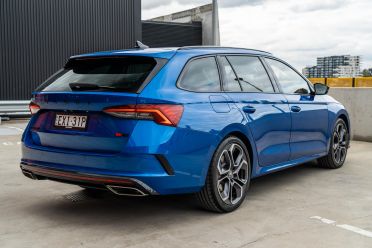
Are you sure you need an SUV? -
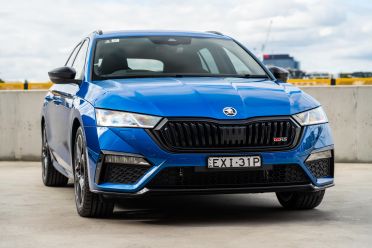
An old-school station wagon can work well. They are still hugely popular in Europe, where running costs and fuel prices are high.
The Skoda Octavia and Superb wagons are great buying in Australia and the popular prestige brands – Audi, BMW – still do some wagons in their local line-ups.
Needs versus wants
Do you really need a thumping V8 engine in a family SUV for the school run? What about a seven-seater SUV if you only have a single child?
-

Does your family car really need to do this?
It’s easy to get overwhelmed in the search for a family car, going oversized or overpriced, so it’s important – vital – to stay focused.
One way to maintain focus is to look at the cars around you among family and friends who are at the same stage of life. They could be setting a great example, or showing you what you don’t want.
The old ’try before you buy’ approach is good if you can borrow a car you are considering.
There is so much stuff in cars in 2023 that it’s also important to prioritise.
A power tailgate is fantastic if you have young children, plenty of USB outlets are perfect for teenagers, and don’t forget to check for the vital ISOFIX mounting points – which work by far the best – for baby capsules and child seats.
Leather seats might be a luxury but they are also easier to clean. Air-conditioning with separate rear controls, and third-row air vents in big SUVs, can make a big difference.
But do you really need captain’s chairs in the middle row of your new SUV, even if the kids love them?
So always do the sums, as some of the tasty stuff can be exclusive to upmarket models or be packaged in a way that makes the car much more costly.
The third row
Modern families have stretched and broken the boundaries of family motoring.
But a six- or seven-seater might not be as good as it looks for the smallest members of the family.
Far too many big SUVs are cramped for space in the tail, or have a restricted view with a small (or non-existent) rear window.
So always check for vision, and vital air-con vents, and the bonus of USB outlets and cupholders.
Also get the potential passenger(s) to check for access, legroom and comfort. It all varies enormously.
There are many ways for the third-row seats to tilt and slide, or fold away, and it’s vital to also check the ‘walk through’ from the second-row seats.
Big SUVs might be good for people, but also consider the luggage space. It could be plenty with the third-row seats folded flat, but awful with them up for passenger use.
And that might mean checking if the car has roof racks to carry the excess baggage.
The two-car approach
A big challenge for modern life is blended families and conflicting needs.
Sometimes the conflict can be overwhelming and surrendering to a two-car approach is the best decision.
It will put extra pressure on any budget, but a cheap little runabout and a mid-level SUV is a good combination.
And it might spread the load without breaking the bank.

